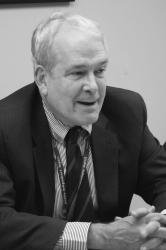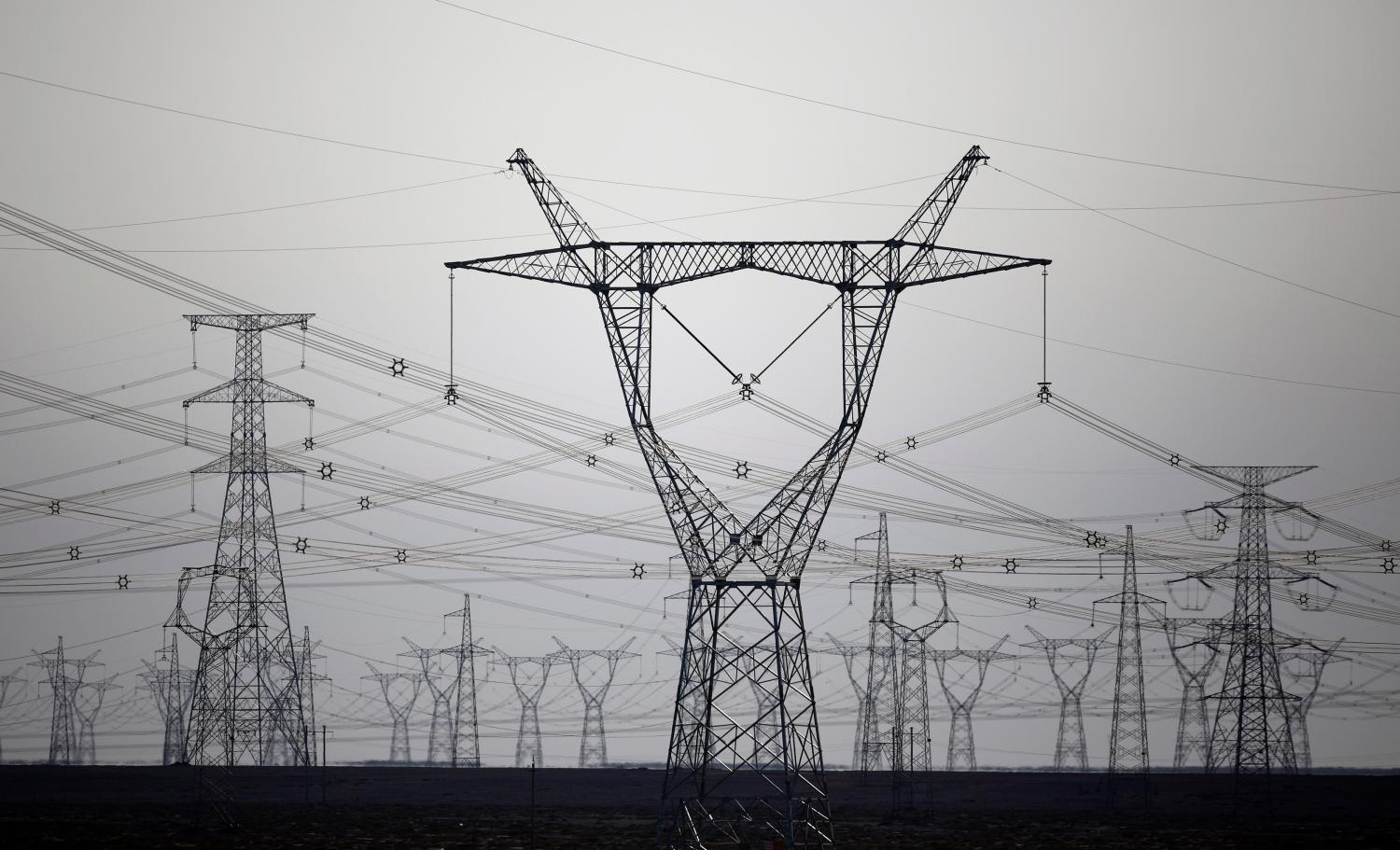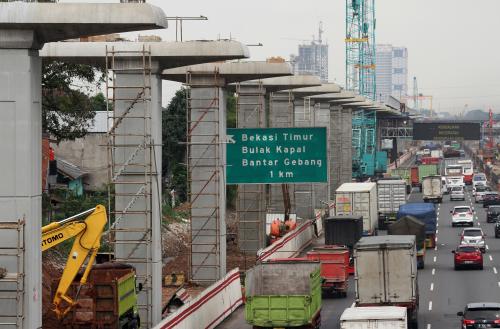Editor’s note: In this chapter from
Energy and Security: Strategies for a World in Transition
, Charles Ebinger and John P. Banks write that a focus on fiscal austerity and the boom in U.S. domestic hydrocarbons cannot be allowed to shift the progress of U.S. policy away from the objectives of eliminating energy poverty and expanding electricity access. Read the beginning below and buy the whole book here.
Ensuring access to affordable energy for the world’s population has been on the agenda of governments and other institutions worldwide since the oil price shocks of the 1970s staggered the world economy. Although the price spikes had a devastating impact on the macroeconomies of all nations, the skyrocketing costs of imported oil in developing countries had an especially destabilizing effect. In India and Pakistan, farmers either could not obtain oil or had to pay staggeringly high prices to run their tube well irrigation pumps. In much of Asia and Africa, the oil price rise led to a surge in demand for fuelwood, forcing women and girls to spend many more hours a day searching for fuel far from their villages. At the same time, the demand for fuelwood led to accelerated deforestation and rising emissions of greenhouse gases (GHGs), both from the greater use of fuelwood and from the removal of large forests that had previously served as global carbon sinks. In the desert regions of the world, the destruction of already fragile vegetation for use as energy led to growing desertification and the first climate change refugees.
Although these events increased the focus on energy in the world’s poorest nations—reflected in the demand by the Group of 77 at the Conference on International Economic Cooperation held in Paris in 1977 for enhanced energy access—the world development community was slow to recognize the critical role that energy, in requisite volumes and at affordable prices, plays in all key development issues. Too often energy was viewed as a subsidiary issue to addressing a host of socioeconomic human development challenges, such as poverty eradication, improved health, higher crop yields, greater access to markets for goods and services, and female empowerment.
Access to electricity is particularly important for most measures of human development, economic modernization, and living standards. Although there has been progress—the electrification rate in developing countries increased from 25 percent to 76 percent from 1970 to 2010— an unacceptably high percentage of the developing world’s population re¬mains without access to power.





